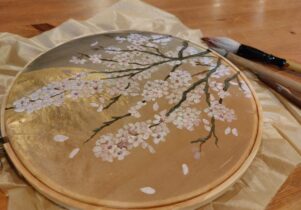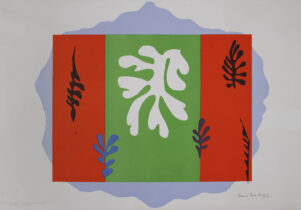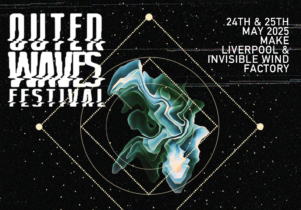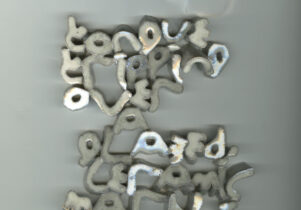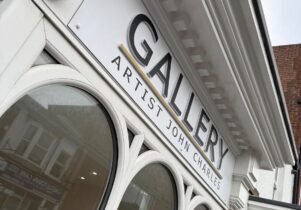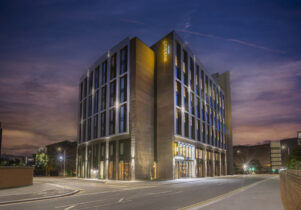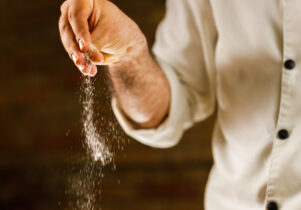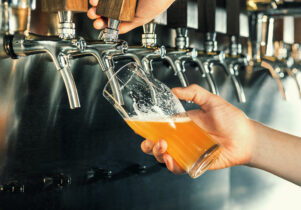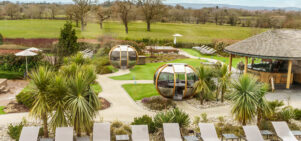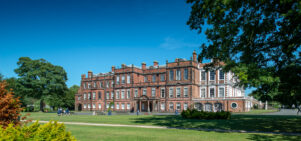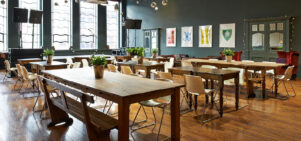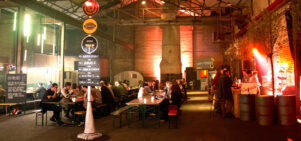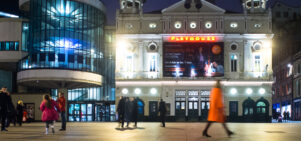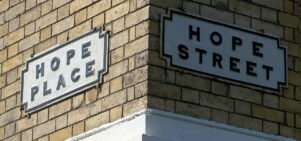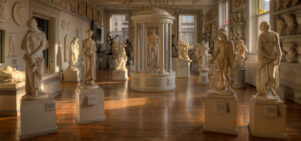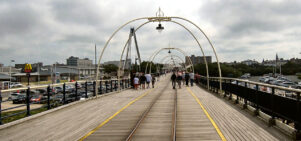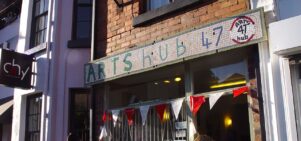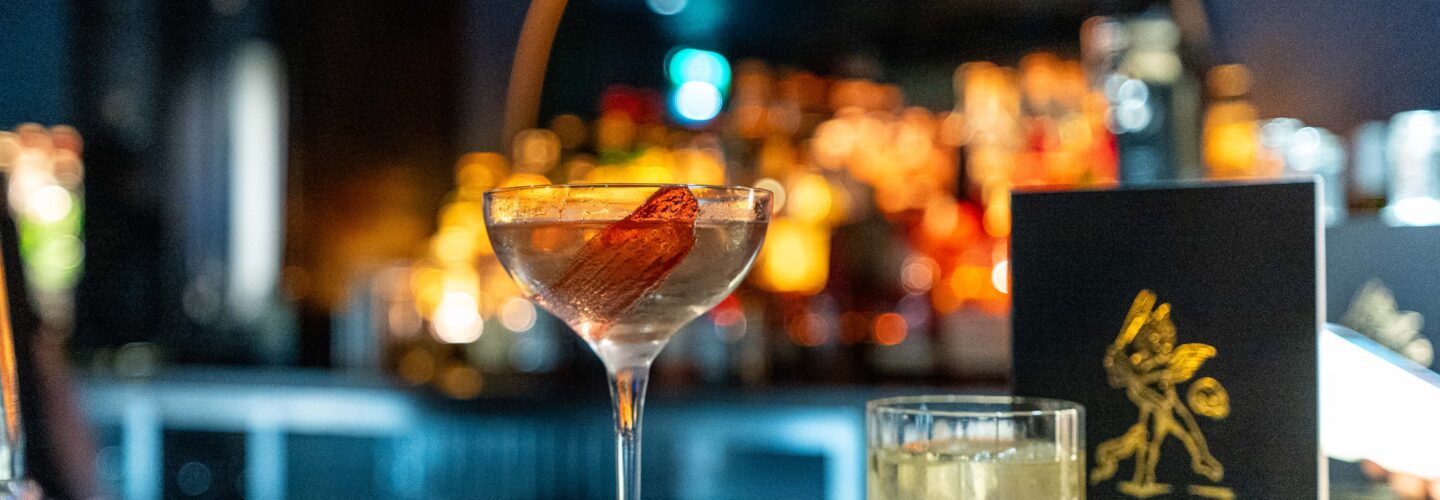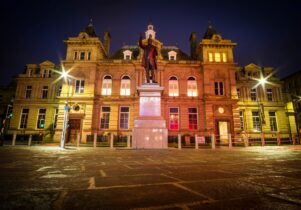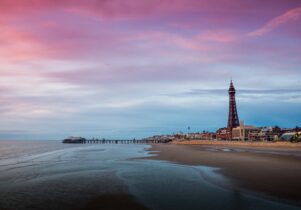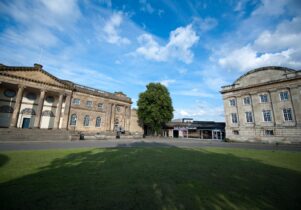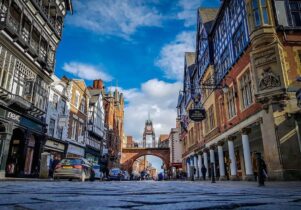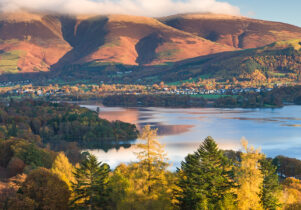Things to Do in Liverpool
Creative TouristLiverpool exploded into life in the 18th century, rapidly turning from a small town into one of the world’s most important port cities. For 200 years, it eclipsed most of Europe in the trading stakes. Nationally and internationally, Liverpool was where it was at.
What does that mean for the visitor today? You’ve only to look up: a skyline that’s part of a World Heritage Site, a waterfront that never fails to impress, and Georgian streets that are as graceful as they are grand. It is these architectural cheekbones that, along with the grand sweep of the River Mersey, make Liverpool such a visual treat. Sure, the city was for years on its uppers, its post-industrial decline as swift as it was comprehensive. But Liverpool has reinvented itself, from being the UK Capital of Culture in 2008 to attracting the world’s gaze while hosting both the Turner Prize and the Eurovision Song Contest in 2022 and 2023. It’s also home the largest festival of contemporary visual art in the UK: Liverpool Biennial, where new creative futures are written.
Step straight out of Lime Street Station and you’ll find yourself in the middle of the bustling St George’s Quarter. Together with the World Museum, is the Walker Art Gallery, housing a collection of historic and contemporary art. The Liverpool Empire, Royal Court and the Liverpool Playhouse Theatre are close by too. With two stunning cathedrals that sit on either side of Hope Street in the Georgian Quarter, the area is also home to the Everyman Theatre and some of the finest restaurants and bars in the city: The London Carriage Works, Pen Factory and the architecturally marvellous Philharmonic Dining Rooms are among our favourites.
Head to Liverpool Waterfront for a world-class visual arts offering alongside important historic exhibitions. Aside from an abundance of independent shops and eateries, the Dock is home to Tate Liverpool and its collection of contemporary art and changing exhibitions (recently including the aforementioned Turner Prize); the Merseyside Maritime Museum exploring Liverpool’s long nautical heritage and the uniquely important International Slavery Museum, examining Liverpool’s part in the Transatlantic slave trade.
Like the Liver Birds sitting atop the city’s most famous building, one turned to the sea, one turned to home, Liverpool is a city with a world view, yet a place with a personal, personable one too.

